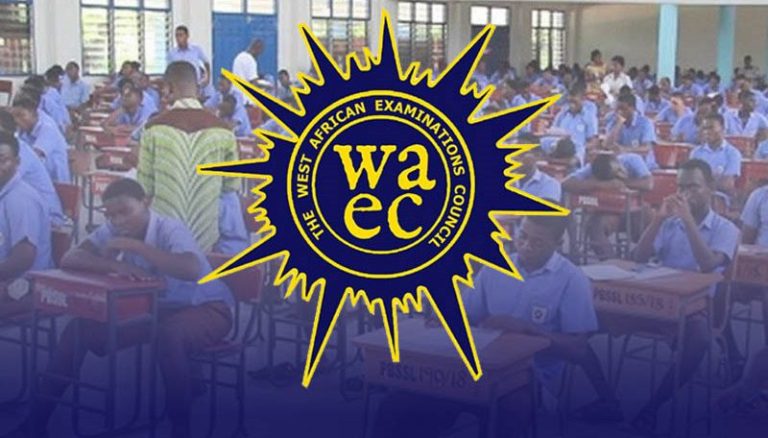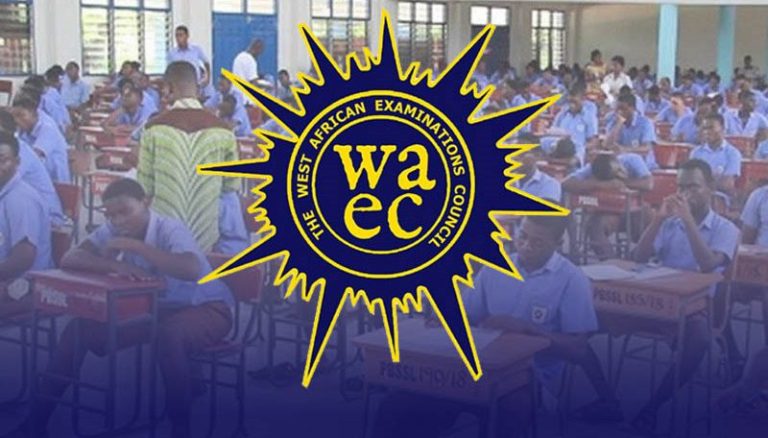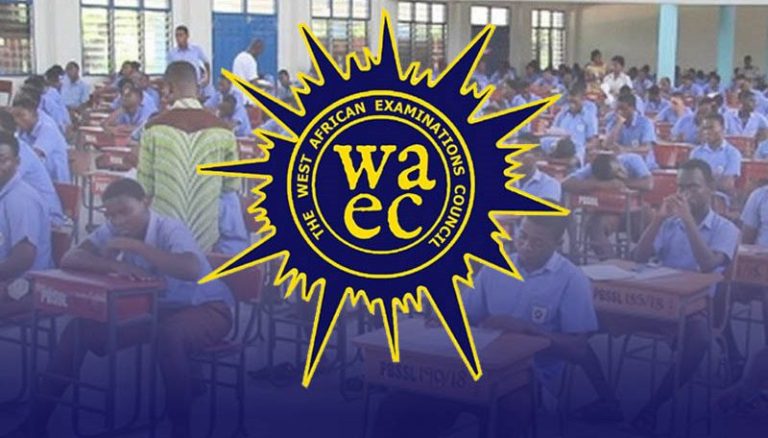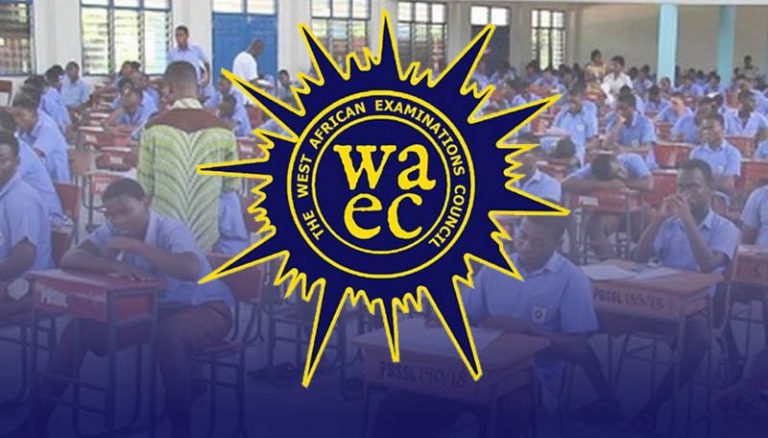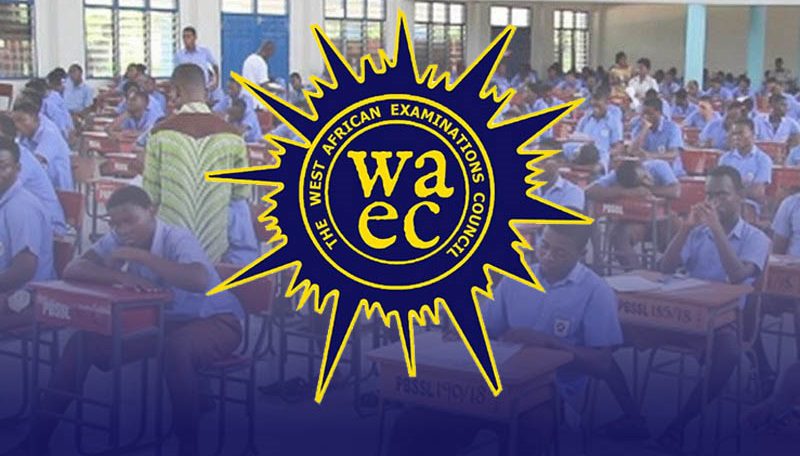
WAEC Chemistry Practical Specimen 2025/2026: In the upcoming WAEC Chemistry Practical examination for the year 2025/2026, it is essential for both candidates and examination officials to adhere to specific guidelines and precautions. This post provides a comprehensive overview of the necessary apparatus, materials, and instructions for the practical examination.
WAEC Chemistry Practical Specimen 2025/2026
The WAEC Chemistry Practical examination is a crucial component of the assessment process for chemistry students. It evaluates their practical skills and understanding of chemical principles. To ensure fairness and integrity in the examination, it is imperative that all candidates and examination officials follow the guidelines and precautions outlined herein.
Below is the complete WAEC Chemistry Practical Specimen 2025/2026:
- Great care should be taken to ensure that the information given in the items 2 and 3 below does not reach the candidate either directly or indirectly before the examination.
- In addition to the fittings and reagents normally found in a chemistry laboratory, the following apparatus and materials will be required by each candidate:
- One burette of 50 cm3 capacity;
- One pipette, either 20 cm3 or 25 cm3. (All candidates at one centre must use pipettes of the same volume. These should be clean and free from grease)
- The usual apparatus for titration;
- The usual apparatus and reagents for qualitative work including the following with all reagents appropriately labelled;
- (i) Dilute sodium hydroxide solution;
- (ii) Dilute hydrochloric acid;
- (iii) Dilute trioxonitrate
- (V) acid;
- (iv) Silver trioxonitrate
- (V) solution;
- (v) Acidified potassium dichromate solution;
- (vi) Aqueous ammonia;
- (vii) Lime water;
- (viii) Red and blue litmus paper
- (ix) Dilute tetraoxosulphate (VI) acid;
- (x) Fehlings solution A & B.
- (e) Spatula;
- (f) Filtration apparatus;
- (g) One beaker
- (h) One boiling tube;
- (i) Four test tubes;
- (j) Methyl orange as indicator;
- (k) Glass rod;
- (l) Wash bottle containing distilled/deionized water;
- (m) Burning splint;
- (n) Watch glass;
- (o) Bunsen burner/source of heat;
- (p) Droppers;
- (q) Mathematical table/calculator.
- Each candidate should be supplied with the following, where ‘n’ is the candidiate’s serial number
- 150 cm3 of a solution of HCl in a corked flask or bottle labelled ‘An’. These should all be the same containing 8.5 cm3 of concentrated HCl per dm3 of solution.
- 150 cm3 of Na2CO3.10 H2O in a corked flask or bottle labelled ‘Bn’. These should all be the same containing 5.0 g of the hydrated salt per dm3 of solution.
- One spatulaful of glucose in a specimen bottle labelled ‘Cn’. This must be the same for all candidates.
- One spatulaful of zinc oxide powder in a specimen bottle labelled ‘Dn’. This must be same for all candidate.
For the 2025/2026 WAEC Chemistry Practical examination, candidates must be equipped with specific apparatus and materials, including burettes, pipettes, reagents, and qualitative analysis tools. These items are essential for conducting experiments and demonstrating their practical knowledge of chemistry. Additionally, candidates will receive labeled solutions of HCl, Na2CO3·10H2O, glucose, and zinc oxide powder, which are to be used according to the provided instructions.
Detailed of the WAEC Chemistry Practical Specimen 2025/2026
Specimen (a): Hydrochloric Acid Solution (HCl)
The specimen labeled ‘An’ contains a solution of Hydrochloric Acid (HCl). Each candidate will be provided with 150 cm3 of this solution in a corked flask or bottle. It is important to note that all bottles labeled ‘An’ should contain the same solution with a concentration of 8.5 cm3 of concentrated HCl per dm3 of solution. This solution is a strong acid and is commonly used in chemical laboratories for various experiments. Candidates may be required to use this solution for tasks such as titration or acid-base reactions during the practical examination.
Specimen (b): Sodium Carbonate Decahydrate (Na2CO3·10H2O) Solution
The specimen labeled ‘Bn’ contains a solution of Sodium Carbonate Decahydrate (Na2CO3·10H2O). Each candidate will receive 150 cm3 of this solution in a corked flask or bottle. Similar to ‘An,’ all bottles labeled ‘Bn’ should contain identical solutions with a concentration of 5.0 grams of the hydrated salt per dm3 of solution. Sodium Carbonate Decahydrate is a white crystalline compound that contains water molecules in its structure. It is commonly used in chemical experiments, particularly in titrations and for testing the presence of carbonates in substances.
Specimen (c): Glucose
Each candidate will be provided with a spatulaful of glucose in a specimen bottle labeled ‘Cn.’ It is crucial to note that all candidates should receive the same amount of glucose. Glucose is a simple sugar and an essential energy source for living organisms. In the context of the practical examination, glucose may be used for various experiments related to carbohydrates, such as testing for the presence of reducing sugars or conducting fermentation tests.
Specimen (d): Zinc Oxide (ZnO) Powder
The specimen labeled ‘Dn’ contains a spatulaful of zinc oxide powder. Similar to ‘Cn,’ all candidates should receive the same amount of zinc oxide powder. Zinc oxide is a white, powdery compound that is commonly used in chemistry experiments and applications. It can be employed in tasks related to the study of reactions involving metal oxides or as a reactant in the preparation of other compounds. It is important to handle this substance with care and follow safety precautions when working with it in the laboratory.
FAQs
What are the specimens for the Chemistry Practical exam in WAEC 2025/2026?
The specimens for the Chemistry Practical exam in WAEC 2025/2026 include a set of essential apparatus and materials that each candidate must have. These include a 50 cm3 burette, either a 20 cm3 or 25 cm3 pipette (with all candidates at a center using pipettes of the same volume), apparatus for titration, and reagents for qualitative work such as dilute sodium hydroxide solution, dilute hydrochloric acid, dilute trioxonitrate(V) acid, silver trioxonitrate(V) solution, acidified potassium dichromate solution, and more, all appropriately labeled. Additionally, candidates will receive labeled solutions of HCl, Na2CO3·10H2O, glucose, and zinc oxide powder. It’s crucial for candidates to prepare with these specimens and follow the provided guidelines to excel in the examination.
What is the purpose of the WAEC Chemistry Practical examination?
The WAEC Chemistry Practical examination aims to assess candidates’ practical skills and their ability to apply chemical principles to real-life laboratory situations.
What apparatus and materials should I bring for the examination?
Candidates should bring a 50 cm3 burette, a pipette (either 20 cm3 or 25 cm3), and the usual apparatus and reagents for titration and qualitative work, as specified in the instructions. All items should be clean and free from grease.
Can I use my own pipette for the examination?
No, all candidates at one center must use pipettes of the same volume as specified in the instructions to maintain fairness.
What are the labeled solutions of HCl and Na2CO3·10H2O used for?
The labeled solutions of HCl and Na2CO3·10H2O are provided for specific experiments during the examination. They should be used according to the instructions provided on the labels.
Is it essential to have a mathematical table/calculator for the examination?
Yes, having a mathematical table/calculator is crucial as it may be required for calculations during the practical examination.
How should I handle the provided solutions of HCl, Na2CO3·10H2O, glucose, and zinc oxide powder?
Handle these substances with care and according to the instructions. Use them only for the designated experiments, and do not tamper with the labeling or contents.
Can I bring my own reagents or apparatus for the examination?
No, you should only use the specified apparatus and materials provided by the examination officials. Bringing your own items is not permitted.
What precautions should I take to prevent information leakage before the examination?
Avoid discussing the examination contents with others before the examination. Do not attempt to access any information about the experiments in advance.
What is the purpose of using methyl orange as an indicator in the examination?
Methyl orange is commonly used as an indicator in acid-base titrations to determine the endpoint of the reaction. It changes color at a specific pH, indicating the completion of the titration.
How can I prepare effectively for the WAEC Chemistry Practical examination?
To prepare effectively, review your chemistry practical skills, practice experiments, and ensure you are familiar with the use of the specified apparatus and reagents. Also, carefully read and understand the provided instructions and guidelines.
MORE WAEC SPECIMEN:
- All WAEC Practical Specimen 2023/2024
- WAEC Biology Practical Specimen 2025/2026
- WAEC Physics Practical Specimen 2025/2026
- WAEC Agricultural Science Practical Specimen 2025/2026
- WAEC Animal Husbandry Practical Specimen 2025/2026
- WAEC Fisheries Practical Specimen 2025/2026
- WAEC Data Processing Practical Specimen 2025/2026
- WAEC Computer Studies Practical Specimen 2025/2026
- WAEC Visual Art Practical Specimen 2025/2026
- WAEC Technical Drawing Practical Specimen 2025/2026
Conclusion
In conclusion, the WAEC Chemistry Practical Specimen for the year 2025/2026 necessitates careful preparation and adherence to the provided instructions. Candidates should ensure they have the required apparatus and materials while also being vigilant to avoid any improper access to information before the examination. Following these guidelines will contribute to a fair and successful examination experience for all candidates. Good luck to all participants in the upcoming WAEC Chemistry Practical examination!

